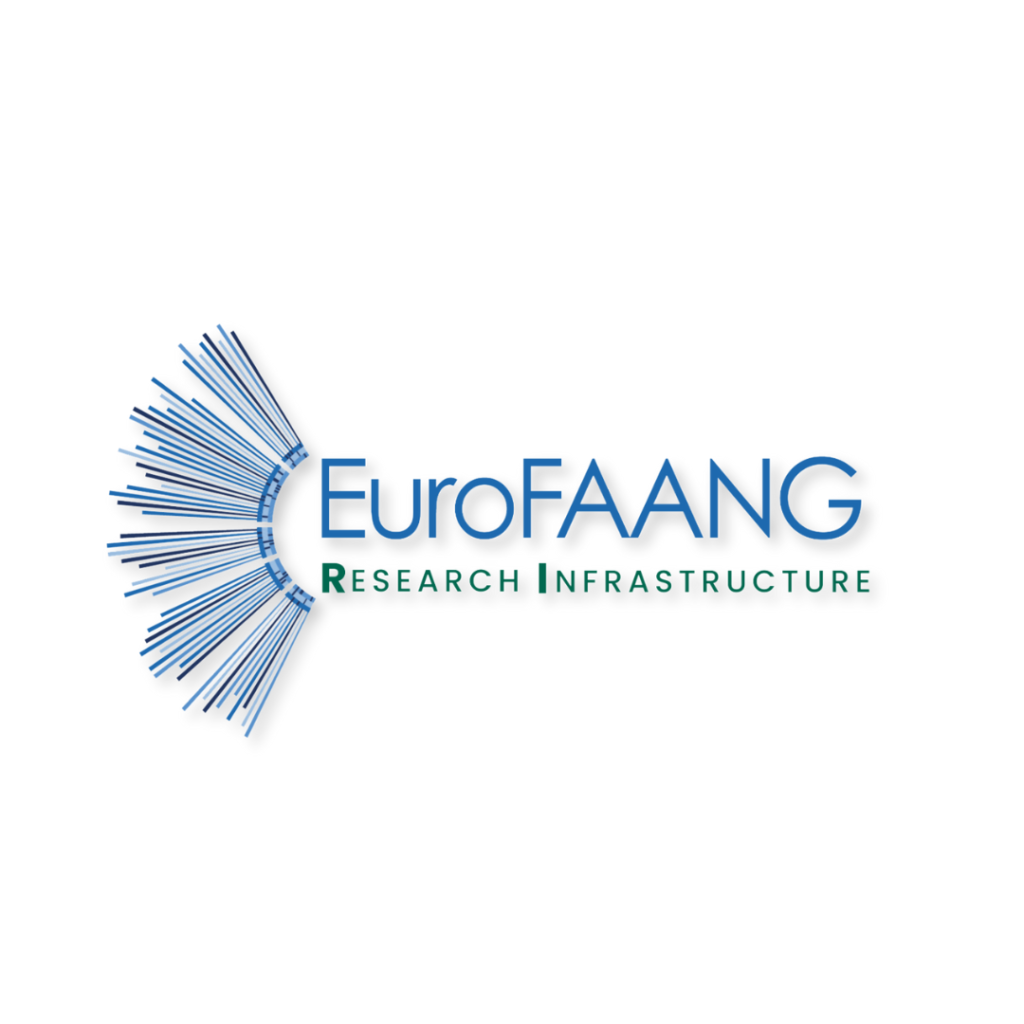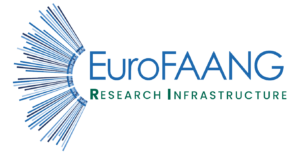Impact of the RI
Strategies and Objectives
Reasearch aims
- Increase efficency through precision breeding
- Increase disease resistence
- Minimise enviromental impact
Joint strategies
- Communication and dissemination
- Training
- Research Methodology

Although the genomes of most domesticated animals have been successfully sequenced, we still have a limited understanding of regulatory mechanisms and functional regions in the DNA. The EuroFAANG projects will:
• Improve functional annotation of genomes, including chromatin accessibility and modifications.
• Understand environmentally induced regulation of the genome through epigenetic mechanisms, leading to changes in gene expression.
• Estimate the transmission of epigenetic information to future generations.
A significant output of the EuroFAANG initiative will be improved prediction models for breeding. These models will accelerate scientific and industrial research. Data generated by the projects is rapidly made publicly available via:
• EMBL-European Bioinformatics Institutes public archives
• Ensembl genome browser
• EuroFAANG data portal
Using genomic, epigenetic, and microbiome information, we can predict phenotypes in specific environments. This helps address the challenge of feeding a growing world population with sustainable and healthy food.
Several complex traits (e.g. growth rate, feed efficiency, fertility, product quality) related to sustainable and efficient production in monogastrics (pigs and poultry), and assess whether the epigenetic effects induced by a major environmental factor (i.e. diet) on the embryonic genome persist in the offspring.
Precision breeding in aquaculture by enhancing traits of commercial relevance within the most important fish species used in European aquaculture (Atlantic salmon, rainbow trout, common carp, European seabass, gilthead seabream and turbot), with a special focus on disease.
Impact for different target groups
Research and Academia
Policymakers
Welfare and Ethics Experts, higher education providers
Biobanks and Laboratories
Breeders

